George V Silver & Enamel Vesta Case - HMHS Oxfordshire 1st Hospital Ship
M Emanuel, Birmingham 1912
Photo 1 of 11

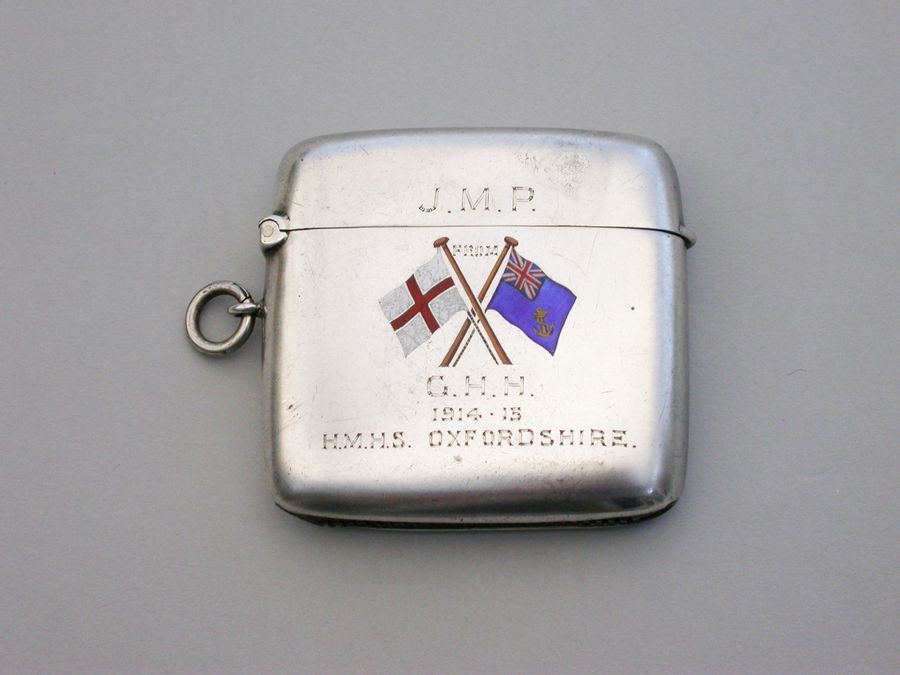

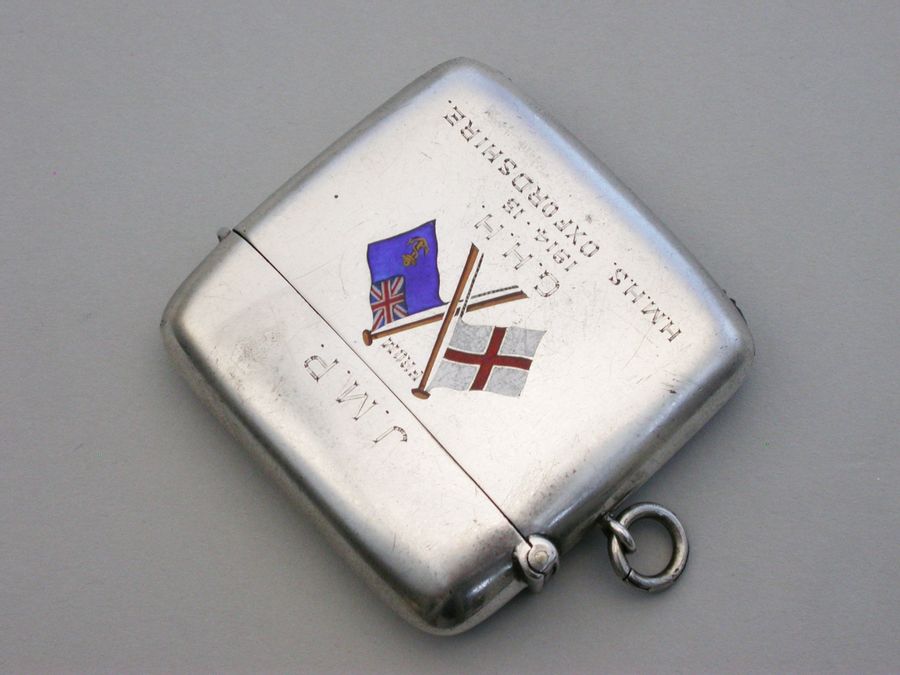
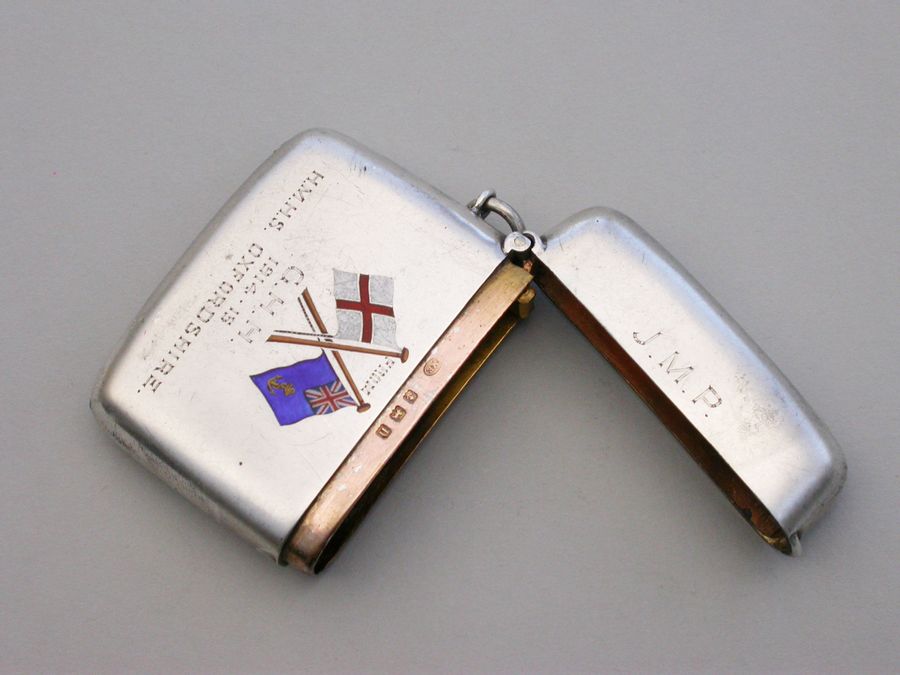
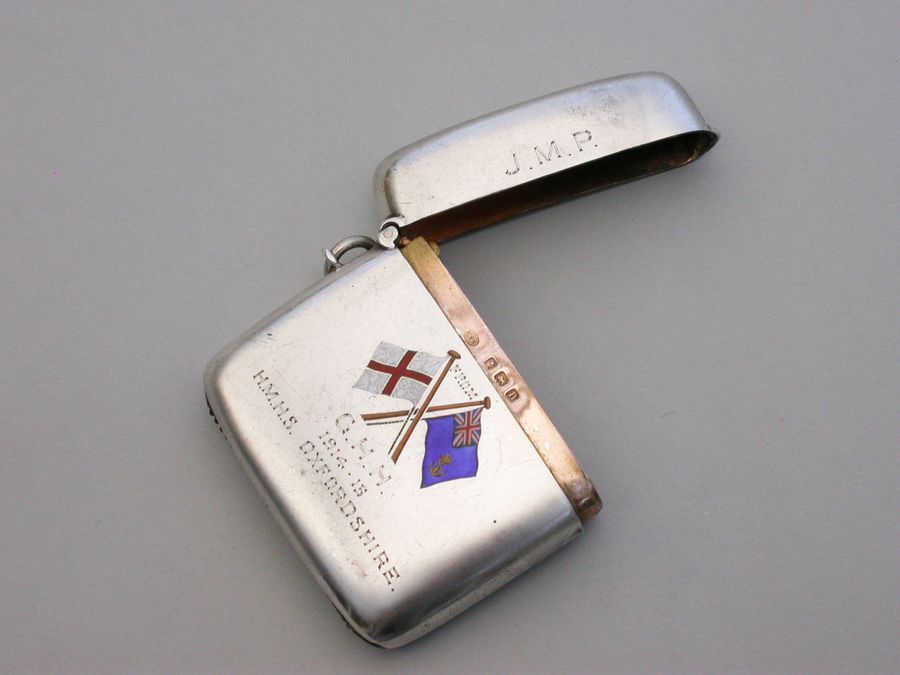
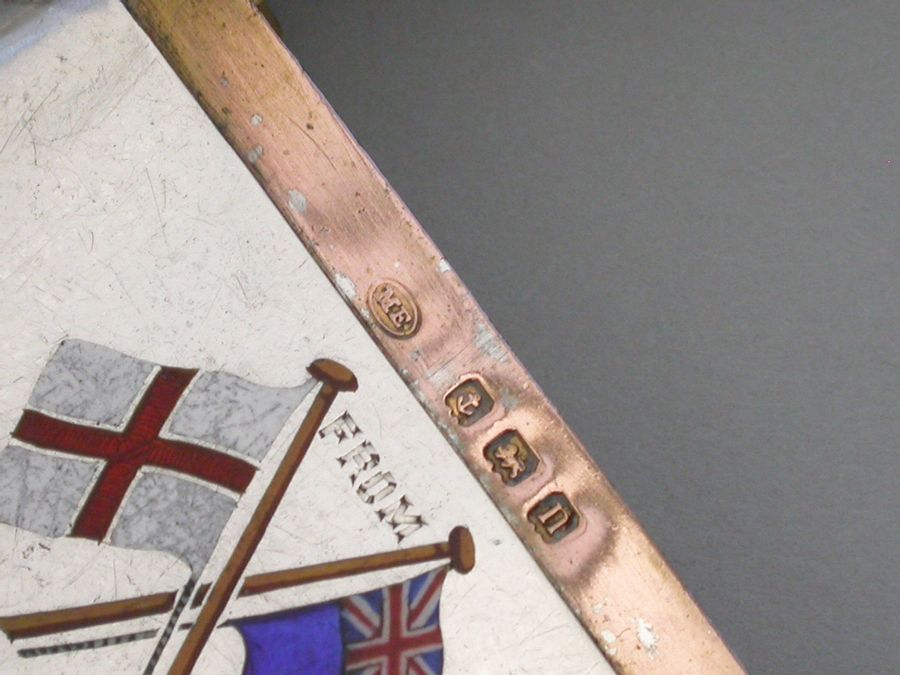
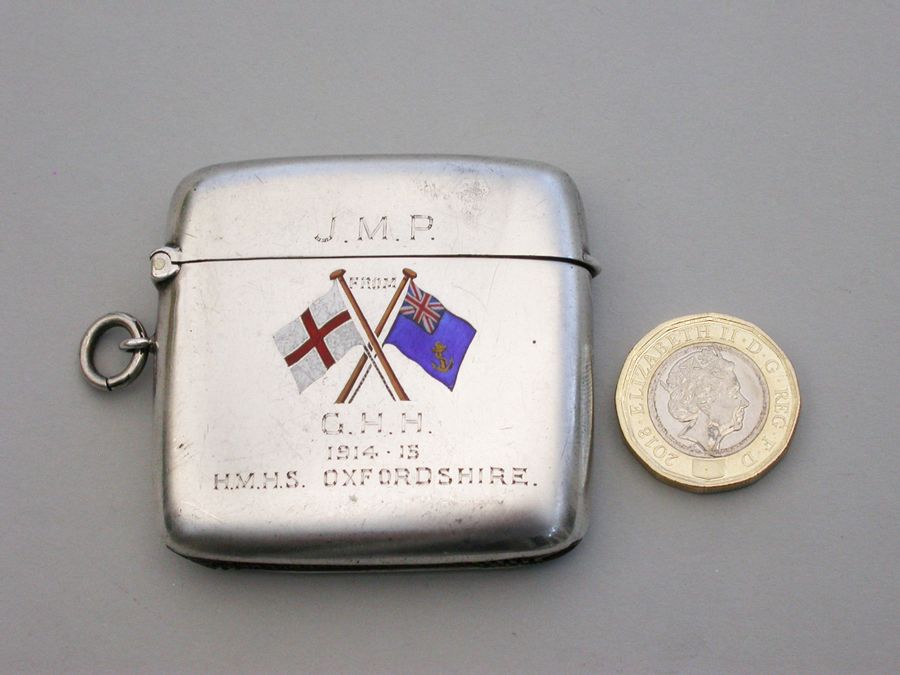
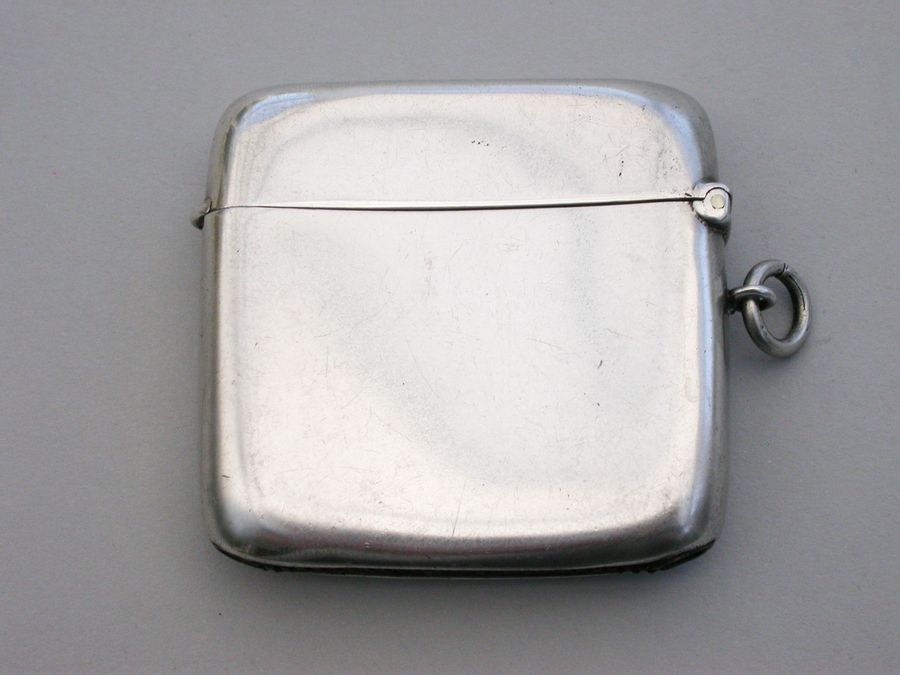
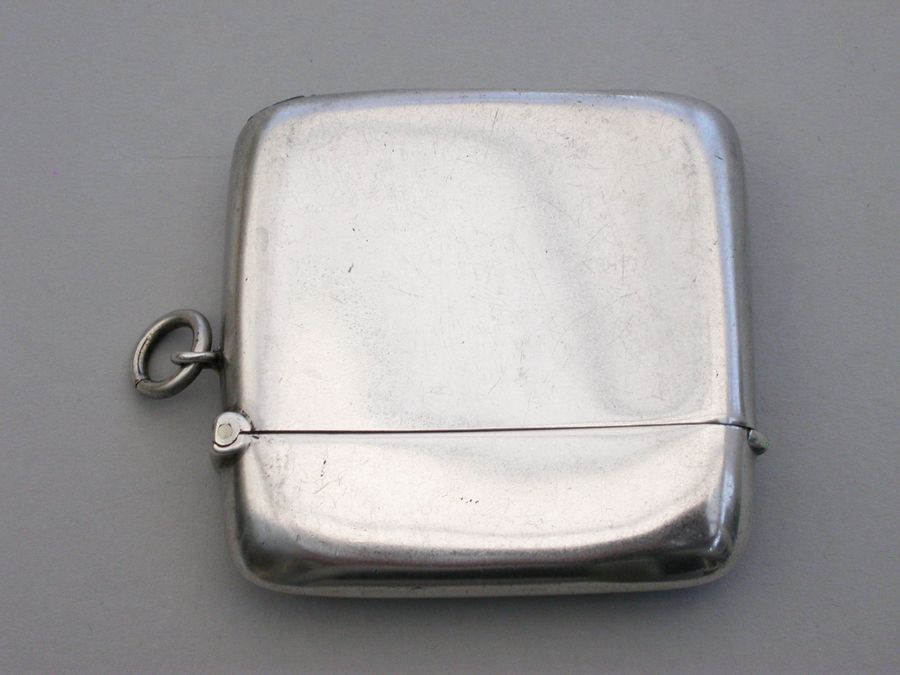

A good quality large early 20th century curved rounded rectangular silver Vesta Case with sprung hinged lid and attached suspension ring, the face enamelled with two crossed ensigns and a presentation inscription. Also stamped: 'HMHS Oxfordshire'. Silver gilt interior.
By M Emanuel, Birmingham, 1912
Sold - £375.00
Condition
In good condition with no damage or repair
Dimensions
H
54 mm
(2.13 inches)
W
57 mm
(2.24 inches)
D
12 mm
(0.47 inches)
Weight
67.00 Grams
(2.15 troy ounces)
Country
England
Stock Code
VG2V2
Medium
Silver
Literature
HMHS Oxfordshire was built by Harland & Wolff for the Bibby Line, Liverpool and was launched on 15th June 1912, completed 17th September 1912 and eventually scrapped in Karachi, 1958.
On 2nd August 1914 HMHS Oxfordshire was the first ship to be requisitioned for war service two days prior to the outbreak. En-route from Liverpool to London she was off the Isle of Wight and was ordered into Tilbury where she was converted into Naval Hospital Ship No.1 with 562 beds. Commissioned on 11th August she was sent to Scapa Flow as a base ship on 25th September but proved to be too large for the needs at the time and subsequently moved to the English Channel to undertake army hospital work.
In April 1915 she was deployed as the base hospital ship at Mudros and was present during the ANZAC withdrawal at the Dardenelles, bringing off the wounded in her own boats. The victorious Turks respected the red cross and did not fire on them. She served in the Persian Gulf and German East Africa during December 1916 and in 1918 as a shuttle hospital ship in the English Channel.
Decommissioned on 24th March 1919 she had made 235 voyages, steamed 172,000 miles without a single breakdown and carried 50,000 wounded, the highest of any hospital ship in the war. She was refurbished and converted to oil burning by her builder in 1920 and resumed commercial services.
On 3rd September 1939 she was requisitioned, once again, for war time service and converted into Hospital Ship No. 6 with 500 beds at the Royal Albert Dock in London. Commissioned on 24th September she left London on 11th November bound for Freetown with 98 medical staff and 177 crew where she served as the base hospital ship. In September 1942 she was redeployed in the Mediterranean. After a refit on the Clyde in 1944 she was sent to the Adriatic where the Army's Anglia had been damaged by mines and on 29th October was herself damaged by a bomb near miss during a voyage between Ancona and Bari. In November of that year she was sent to the Far East where she served the Admiralty Islands/Philippines and Australia. At one point she was loaned to the U.S. 7th Fleet for use during the taking of Okinawa.
After the defeat of Japan in 1945 she was used to repatriate the wounded from Hong Kong and in May 1946 became an Army hospital ship to bring the sick home from the near and Far East. She also repatriated Indian troops from Basra to Bombay as well as making four North Atlantic crossings with refugees. In 1948 she arrived home with troops from Palestine and , on 19th July, was decommissioned at Southampton after carrying 22,321 casualties during the war, again the highest of any hospital ship.
On 8th September of that year she made one one more voyage on charter to Jeddah with pilgrims before she was reconditioned by Harland & Wolff at Liverpool. In April 1949 she made the first sailing for the International Refugee Organisation to Australia with emigrants and in 1950 reverted to trooping duties between Trieste and Port Said.
She finished trooping in February 1951 and on 13th April sailed from Liverpool as the Safina-el-Arab having been sold to the Pan-Islamic Steamship Co. of Karachi, their first passenger ship. Deployed on the Karachi - Jeddah Pilgrim service between June and October she spent the remainder of the year operating between Karachi and Chittagong. After 46 years of impeccable service she was broken up at Karachi in 1958.



